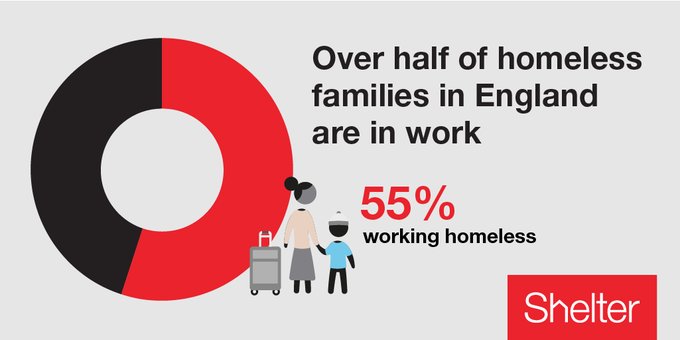Brexit will cost Britain up to 12,000 financial services jobs in the short-term, the City of London financial district’s leader said on Tuesday, and many more jobs might disappear in the longer term.
At the lower end of the scale, 3,500 jobs could be lost to EU states, Catherine McGuinness told parliament’s Exiting the European Union Committee. More than 2 million people work in financial services across Britain, with 396,000 in London.
“We are not expecting a big Brexodus in the first instance. But depending on how things pan out … in the longer term, we may see many more go,” McGuinness told lawmakers.
Banks, insurers and asset managers in Britain are opening hubs in the EU before Britain’s departure from the EU in March to ensure continuity in services to customers there.
So far, there have been 1,600 confirmed job moves, a City of London spokeswoman said separately.
The City was disappointed that Britain’s government ditched its preferred option of future EU trade based on mutual recognition, whereby Britain and the EU accept each other’s rules under two-way regulatory cooperation.
“We had expected continued support for mutual recognition,” McGuinness said.
Instead, Britain has asked for financial-services access based on a more accommodative version of the EU’s equivalence system, used by Japan and the United States, whereby Brussels alone decides who gets access.
The EU had already dismissed mutual recognition and has said it won’t adapt its equivalence system in the way Britain wants.
“We can all see it’s going to be an uphill task to persuade the EU27,” McGuinness said.
Huw Evans, director general of the Association of British Insurers, said that opting for some form of equivalence posed a risk that Britain would end up becoming a “rule taker” – having to continue copying EU rules in return for access after Brexit.
“You are asking the EU to partner with you in a way to make equivalence work in future. Equivalence… is something the EU considers proprietary,” Evans said. “It’s quite a big psychological ask.”
There was plenty of opportunity for “mischief making” by EU states topping up equivalence with national rules, Evans said.
THROWN UNDER A BUS
The lawmakers also quizzed the broadcasting and tech sectors about Britain’s “White Paper” proposals for future EU trade, which calls for full access for goods, but less access for services in return for flexibility to diverge from EU rules.
Sammy Wilson, a committee member, accused the industry officials of giving “alarmist evidence”, adding that foreign direct investment in financial services was around a 10-year high.
“You are now trying to do an Airbus on us with the kind of evidence you have been giving,” Wilson said, referring to Brexit warnings from the European aircraft manufacturer that angered some government ministers.
“There is no getting away that Brexit is deeply suboptimal,” Evans replied.
“This isn’t a scare story,” added McGuinness.
The government also ditched mutual recognition for broadcasters from its White Paper but, unlike with banks, proposed no alternative, Adam Minns, executive director of Commercial Broadcasters Association, told lawmakers.
“The White Paper for us was a backward step. We are not certain if we are being thrown under a bus or just hitting a temporary roadblock. This could not have come at a worst time,” Minns said.
Britain is home to 1,200 international TV channels that beam programmes to viewers in the European Union, but without an EU licence they would have to relocate, Minns said.
Giles Derrington, head of Brexit policy at techUK, said the sector wanted the same trade-off as proposed for goods, meaning EU rules in return for EU access, but without flexibility to diverge.
The tech sector struggles to see where the benefits of diverging from EU rules would come from, Derrington said.
Lawmakers asked whether the industry officials if they would like Britain to join Norway in the European Economic Area, whose members must follow EU rules but without any say over them.
“I look at the EEA longingly. We don’t desire more flexibility at the moment,” Minns said.
Source: UK Reuters








